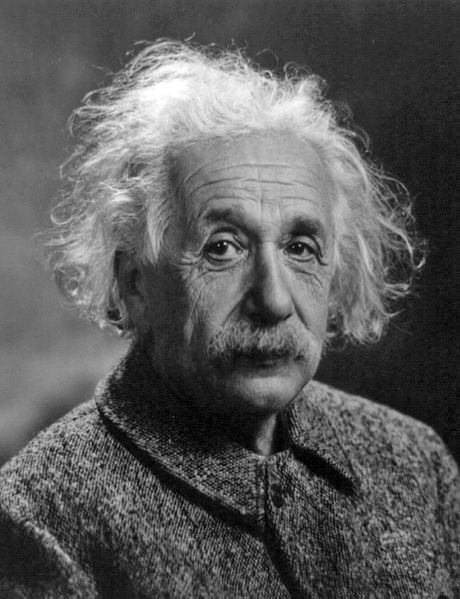Gravity is something all of us are familiar with from our first childhood experiences. You drop something – it falls. And the way physicists have described gravity has also been pretty consistent – it’s considered
one of the four main forces or “interactions” of nature and how it works has been described by Albert Einstein’s general theory of relativity all the way back in 1915.
But Professor Erik Verlinde, an expert in string theory from the University of Amsterdam and the Delta Institute of Theoretical Physics, thinks that gravity is not a fundamental force of nature because it’s not always there. Instead it’s “emergent” – coming into existence from changes in microscopic bits of information in the structure of spacetime.
Verlinde first articulated this groundbreaking theory in his 2010 paper, which took on the laws of Newton and argued that gravity is “an entropic force caused by changes in the information associated with the positions of material bodies”. He famously stated then that “gravity is an illusion,” elaborating further that:
“Well, of course gravity is not an illusion in the sense that we know that things fall. Most people, certainly in physics, think we can describe gravity perfectly adequately using Einstein’s General Relativity. But it now seems that we can also start from a microscopic formulation where there is no gravity to begin with, but you can derive it. This is called ‘emergence’.”
What’s more, the Dutch professor now published an elaboration of his previous work in “Emergent Gravity and the Dark Universe”, which argues there’s no “dark matter” – a mysterious kind of matter that along with dark energy theoretically makes up 95% of the universe, but has not really been discovered yet. Dark matter alone is thought to account for nearly 27% of the universe’s mass-energy.
There has undoubtedly been something scientifically disconcerting about giving so much significance to a force that’s never been detected directly. It’s existence has only been inferred through gravitational effects. Interestingly, it’s existence has been first suggested by another Dutch scientist – the astronomer Jacobus Kapteyn in 1922.
One way the existence of dark matter was used was to explain why stars in outer regions of space seem to rotate faster around the center of their galaxy than theory suggested. What Verlinde proposes is that gravity just works differently from how we previously understood it, and creating the concept of dark matter is irrelevant. He is able to predict the velocity of outer-rim stars and their “excess gravity” within his new theory.
“We have evidence that this new view of gravity actually agrees with the observations,” said Verlinde. “At large scales, it seems, gravity just doesn’t behave the way Einstein’s theory predicts.”
One great outcome of Verlinde’s work is that it pushes us further towards reconciling quantum physics with general relativity.
“Many theoretical physicists like me are working on a revision of the theory, and some major advancements have been made. We might be standing on the brink of a new scientific revolution that will radically change our views on the very nature of space, time and gravity, “ explained Verlinde.
Hear Professor Verlinde talk about what he thinks of gravity in his interview with Big Think:
Source: Big Think







